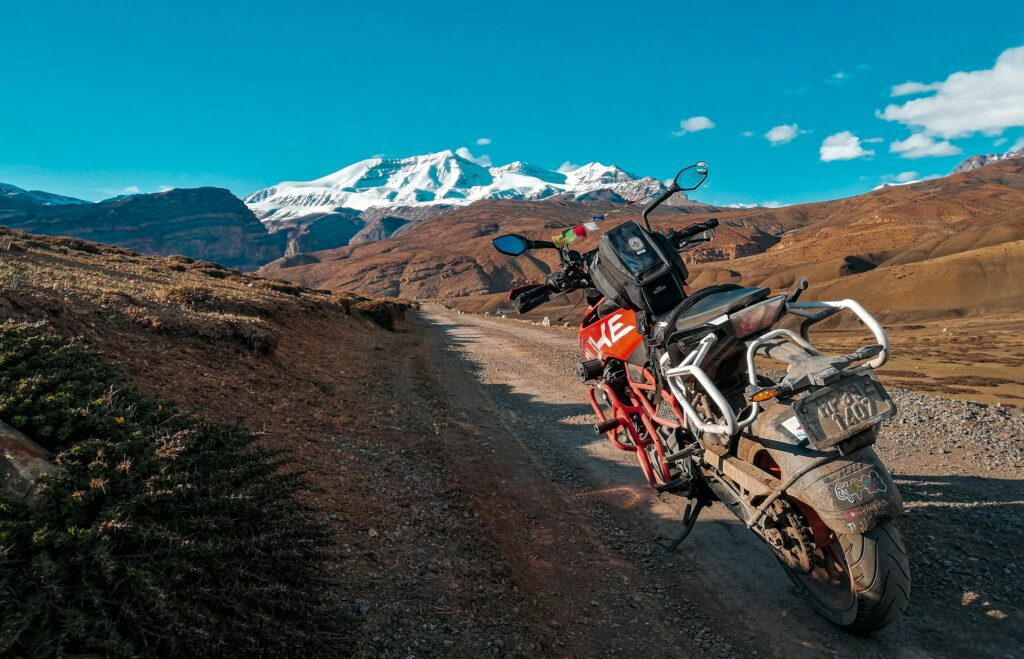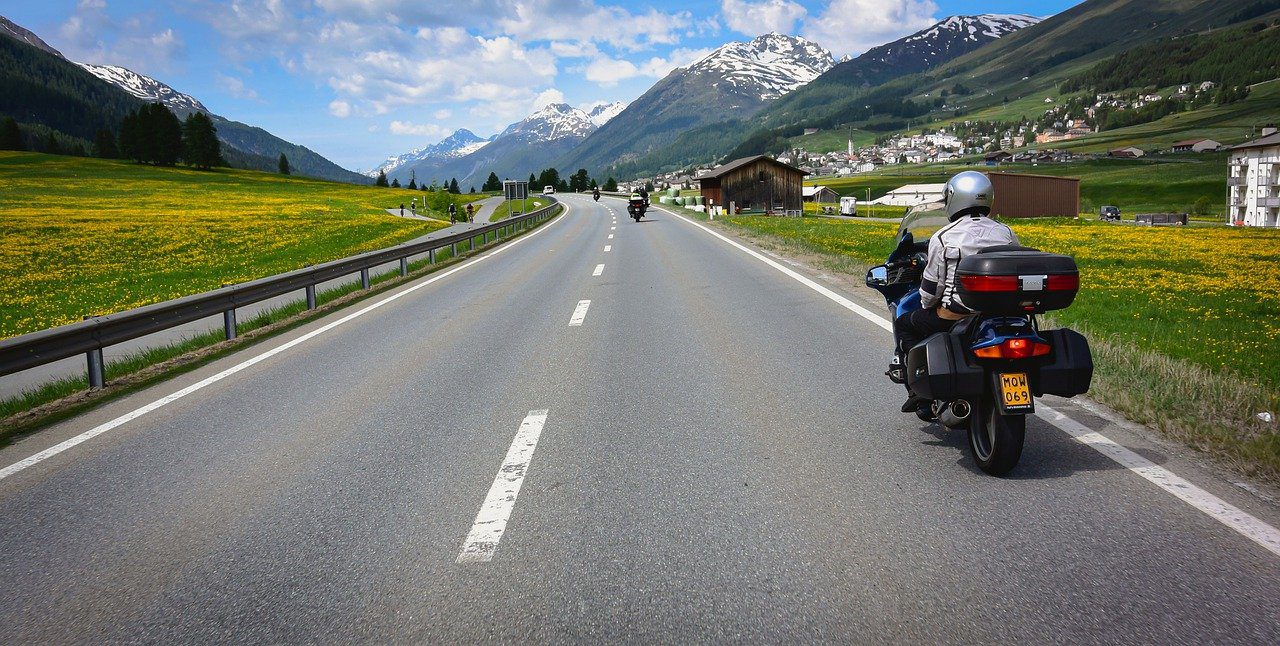If you ask a veteran mountain rider, he will tell you that his most exciting moment took place while on a two-wheeled steed, running at speed down a relatively smooth sheet of blacktop asphalt. With warm air flowing through the face and the engine’s buzz, everything seems to take a backseat. For every rider, going on a mountain detour is a two-wheeled nirvana right from the word go.
But, moving on, why is riding a therapeutic experience in totality? Such an art demands undivided and unhinged attention to be safe. While hitting the road, you can’t think about problems, relationships, bills, and most importantly, politics. An ever-present danger chases a rider. However, one can leave everything behind with well-executed gear shifting, steep angle, or launch off the line. Besides, riding on the mountains can be unforgiving, but this simply means the sense of enjoyment and reward is greater. If you go back in history, several cultures and traditions believe that mountains hold a spiritual and symbolic significance centered around achievement, enlightenment, and escape from the worldly struggle.

To go for it and come back to tell the entire tale, being prepared physically and mentally is paramount.
Get prepared before hitting the mountains.
Two primary focus areas are key:
- Your motorcycle’s mechanical fitness
- Use and selection of suitable riding gear
One should know how crucial it can be to keep the motorbike running and secure. After all, they are high-performance vehicles. One is required to undertake a thorough bike inspection before heading out into the mountains. While its security is essential, you need to know that there aren’t many bike operators in remote regions. Staying ahead of things implies that these checks will only take a minimum of 10 to 15 minutes. And, you’d much rather acknowledge a problem than experiencing a breakdown in the middle.
1. Brakes
The braking techniques tend to put a significant amount of pressure on the braking systems. Did you know that coming down a steep road on the mountains can heat the brakes if you do not downshift to lower shiftings and modulate brake applications? Brake fade tends to be terrifying if they are overused while riding downhill. As a result, inspect the bike’s brake lines, rotors, and fluid levels for any issues.
2. Fluids
Many riders just assume their engine, transmission, and coolant fluids are good to go until they are not. In the mountains, a rider will fight with the road and requires protective fluids for constant assistance.
3. Electrical & Tires

Do not forget to check your high/low beam headlights, blinkers, and motorbike horns. Also, when it comes to tires, check for cuts, nails, cracks, and correct inflation. You will be cornering hard at some corners and may have to rely on good contact patches.
4. Rider Gear
When it comes to riding gear, everyone’s tolerance level may differ for heat and cold. Most veteran riders invest in their riding jackets, which play a significant part in keeping them dry, warm, and protected. You can go for layerings under the jacket, such as an Underarmour or various other turtleneck shirts made with moisture-wicking fibers. Even riding helmets do not keep the neck warm at all times. Another option in such a scenario is to buy a neoprene mask or cotton bandanas if you’re comfortable in that.
Besides, yet another concern can be quality gloves while riding amid mountains. If your bike does not have a fairing to block the wind, gloves can be highly beneficial.
5. Temperature & Elevation
Thinking about why most of the references are toward staying warm? Well, in the mountains, the temperature can drop quickly without any alarms. For every 1000 meters you climb, there might be a drop of 6 to 10 degrees Celsius. Be it the Alps or Himalayas; if you’re driving uphill, you ought to carry temperature-sensitive clothing, covers, bags, and so many other materials. Besides, rain, fog, and cloud cover are quite normal while gaining height in the mountains.
6. Mental Preparation

Image Credits
Anticipating, visualizing, and planning a response to such unpredictable mountain roads is something every veteran prepares for. At times, the roads are pretty uneven and bumpy in parts and may also suffer heavy frosting. These are some of the things you can encounter while on the mountain roads.
- Sheer rock faces and blind corners on both ends
- Narrow or lack of shoulders with sharp drop-offs
- Washed out gravel, shale patches, and rocks
- Massive potholes
- Little warning signs for tight corners and switchbacks
- Camping trailers being towed and slow-moving RVs
- Distracted riders or drives losing sight of the lane while sightseeing
- No guard railings for road security
- Narrow bridges for one vehicle
- Sturdy winds
- Animal life
Prepare for all these factors and ask fellow riders around to get a head start. It is always recommended to know where you’re heading rather than going in blind.







